BMP-3: the heroine of a special military operation

Under the code "Fable"
Next year marks 40 years since the construction of the first prototype of the BMP-3, which has been developed since 1979 under the ROC code "Fable". Despite its considerable age, the armored car showed itself in a special military operation from the best side.
The high combat effectiveness of the BMP-3 is confirmed both in the Russian army and in the camp of the enemy. Unfortunately, a number of armored vehicles fell into the hands of the nationalists during the retreat of troops from the north of the country. The most interesting thing is that for its intended purpose, that is, for transporting infantry inside an armored corps to the line of contact, the equipment is practically not used.
In the realities of the special operation, the BMP-3 quite expectedly turned into an analogue of a light tank. On archival footage from Mariupol, there are several evidences - how the machine works with the main 100-mm gun on the target, almost worse than the main battle tank. It is firepower that is the main advantage of the "troika" over all other military equipment. According to Alexander Khodakovsky, not a single armored vehicle is capable of creating a density of fire comparable to the BMP-3.
To realize this advantage, the machine has several arguments at once - a 100-mm gun and, in combination, a 2A70 launcher, a 30-mm 2A72 automatic cannon, a pair of 7,62-mm PKT machine guns on the sides of the driver and one coaxial with the main tool.
Let's start with the main caliber, which ensures the delivery of 1,65 kg of explosives to the enemy as part of a high-explosive fragmentation projectile. Of course, this cannot be compared with the 3,15 kg of explosives from the 125 mm 3-OF-19 projectile for a tank gun, but the BMP-3 can compensate for the lack of work on the target from a twin 30 mm gun.
By the way, do not confuse the automatic guns of the BMP-2 and the "troika": the first automatic gun works on the removal of powder gases, and the second - due to the recoil of the long stroke of the barrel, which significantly reduces the gas contamination of the fighting compartment. The high-explosive fragmentation incendiary projectiles of the 2A72 gun contain almost 50 grams of explosives, which, with a rate of fire of 300 rounds per minute, is more than enough to process targets that were not hit by the main caliber.
An important advantage of the BMP-3 artillery is the movable coupling connecting the two barrels. If the 100 mm gun is not particularly necessary, then the rapid-fire 2A72 provides high accuracy. For example, the BTR-82A lacks such a damper for whip-like vibrations of the barrel during firing, which negatively affects the accuracy of its guns.
By the way, the Ukrainian BTR-4 "Bucephalus" is equipped with a massive damper casing for a 30-mm cannon, which is essentially a copy of the 2A72. A significant contribution to the density of fire is made by the rate of fire of 100 mm weapons - at least 10 shots per minute. The tank - no more than eight per minute.
The "long arm" of the BMP-3 is the 9M117M-1 Arkan anti-tank missile with a range of up to 5,5 km and armor penetration of half a meter of homogeneous armor. The latest modification 9M117M1-3 penetrates armored steel already by 750 mm. As far as we know, direct duels between the BMP-3 and tanks in Ukraine were not recorded on photos and videos, so it is premature to talk about the effectiveness of this weapon.
In a book about domestic infantry fighting vehicles, the author Sergei Suvorov cites the following evidence of the operation of the outdated 100-mm Bastion ATGM:
In total, it turned out that the cumulative jet broke through three barriers with a thickness of more than 600 mm, spaced apart from each other at a distance of 0,5 to 1,5 meters, this is not counting the equipment in the tower, which ended up on the floor.
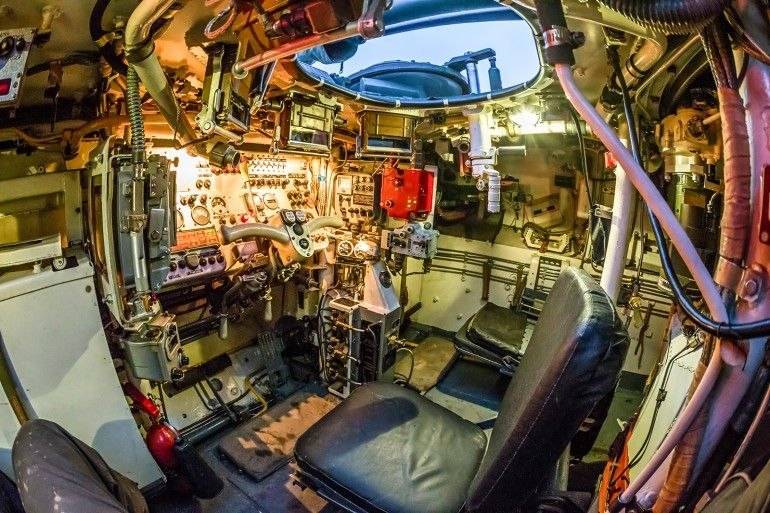
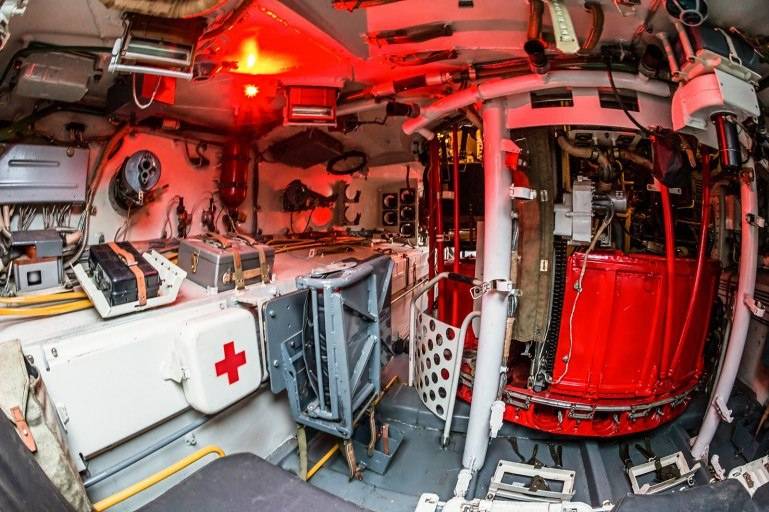
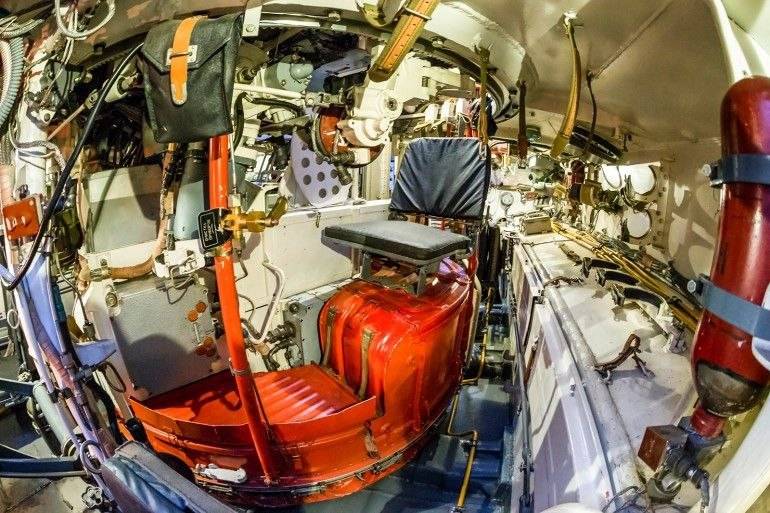
The interior of the BMP-3. Source: vk.com
The fire control system traditionally highlights the "troika" in the list of analogues. Automatic target tracking increases the accuracy of shooting by eight times in comparison with manual aiming. No wonder the analysts of the American research corporation RAND included the BMP-3 in the list of the four most powerful and widespread infantry fighting vehicles in the world.
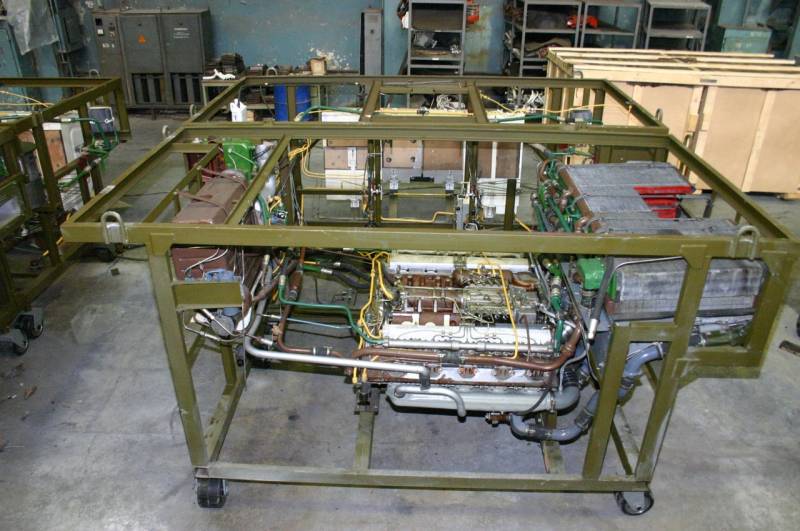

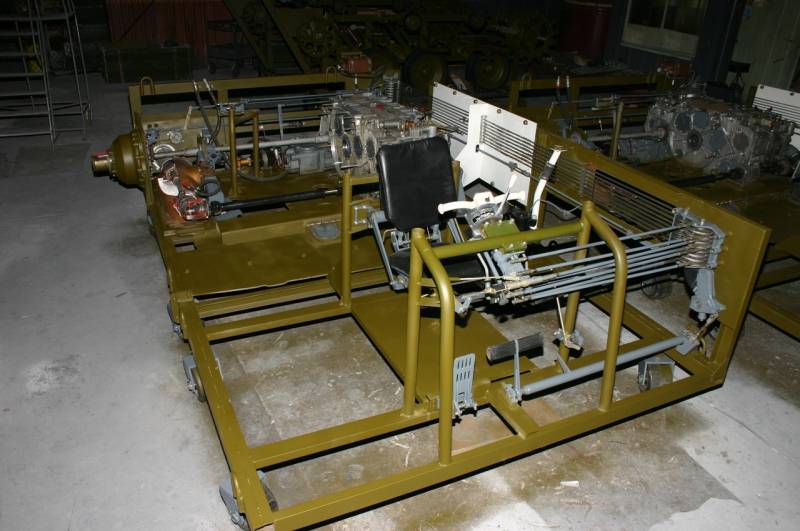
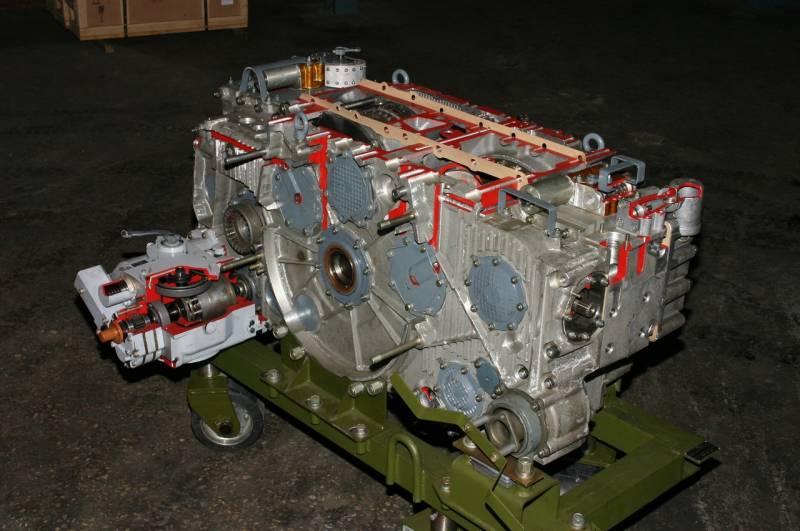
Units and assemblies of the BMP-3 at the Kurgan Machine-Building Plant. Source: vk.com
An important advantage of the BMP-3 over all other equipment is the large elevation angle of the twin artillery mount - up to 60 degrees. For comparison: the 125-mm cannon of a tank is raised by a maximum of 13 degrees. How critical this is in urban battles, it seems unnecessary to explain. At one time in Chechnya, the BMP-3 served as an excellent anti-sniper weapon.
The BMP-3 also has shortcomings in small arms and cannon armament. First of all, it is the need to manually load an anti-tank missile, which somewhat reduces the rate of fire. When a tank commander sees a tank in the sight, the one who has time to charge faster survives here. Naturally, the tank is capable of destroying the infantry fighting vehicle with any shot, and the "troika" - only with guided weapons. During the time that the 2A70 gun-launcher is loaded with an ATGM and while it is moving towards the target, the tank can fire a couple of HEAT shells at the armored vehicle.
In general, the anti-tank capabilities of the BMP-3 are not at the highest level. The disadvantages include the low ballistics of 100-mm weapons - the projectile goes to the target at a speed of no more than 250 m / s, which imposes a number of restrictions. The target should not move, and the wind should stop for a few seconds. A plus is the hit of the projectile in the upper hemisphere of the target due to the steep flight path, which somewhat increases the chances of penetration.
fast and armored
A distinctive feature of Soviet and Russian armored vehicles has always been a special balance of all combat parameters - mobility, security and firepower. A special balance in this case is the sacrifice of armor in favor of weapons and mobility. To illustrate this thesis, it is enough to look at the survivability of the BMP-1 and BMP-2 - by the way, the most belligerent infantry fighting vehicles in the world.
With the machine of the third series, domestic designers, bound by the strict framework of the technical specifications, did not change themselves and created an armored vehicle with exceptional firepower, excellent mobility and relatively good armor.
Let's start with mobility.
First of all, you need to understand that in Ukraine, equipment most often dies, either motionless or slow. This is proved by the relatively low losses of the power-armed T-80 of various modifications. And how many times did the nationalists lose "Stugnas" in vain attempts to hit a tank or infantry fighting vehicle rushing at full speed?
The higher the acceleration capacity of the equipment, the longer the crew lives. For the 19-ton machine, a 500-horsepower UTD-29 was specially developed, which is distinguished by a low silhouette. Diesel provides high specific power - 25 hp / t. Such power-to-weight ratio is found only in the 43-ton Puma infantry fighting vehicle. The rest of the competitors - the American Bradley, the Swedish CV90 and the French VBCI, have a much lower power-to-weight ratio.
In addition, the BMP-3 was equipped with two reverse gears, which allows you to quickly leave the danger zone. The transmission of the armored vehicle is also considered the most advanced among the entire domestic line of tracked vehicles. Here and hydromechanical transmission, and the absence of a clutch pedal, which greatly simplifies piloting, and the presence of a torque converter provides an automatic change in traction on the tracks, depending on the road surface.
There are also fly in the ointment.
For example, the clearance change system, designed for landing the BMP-3 with a parachute, seems not the most important. In the context of the Ukrainian conflict, this looks like a perfect and costly throwback to a bygone era. As well as the ability to swim, which was considered vital for any Soviet infantry fighting vehicle.
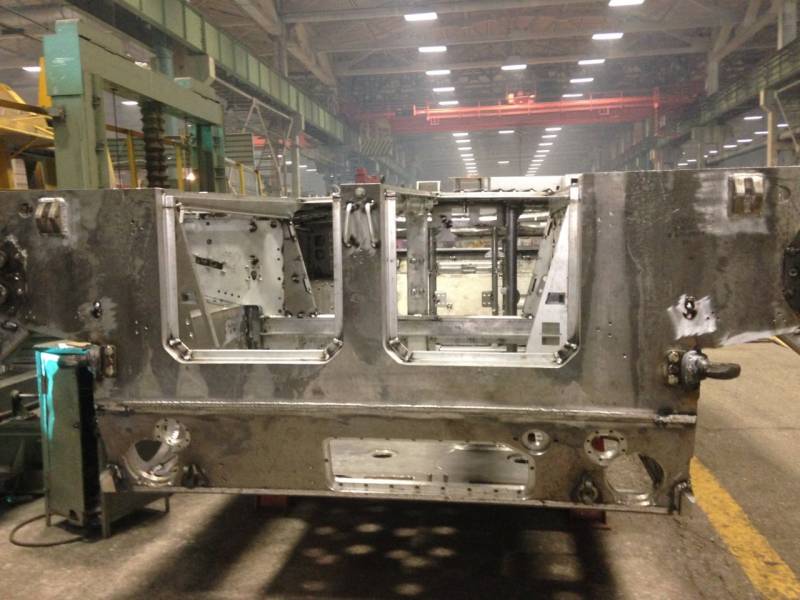

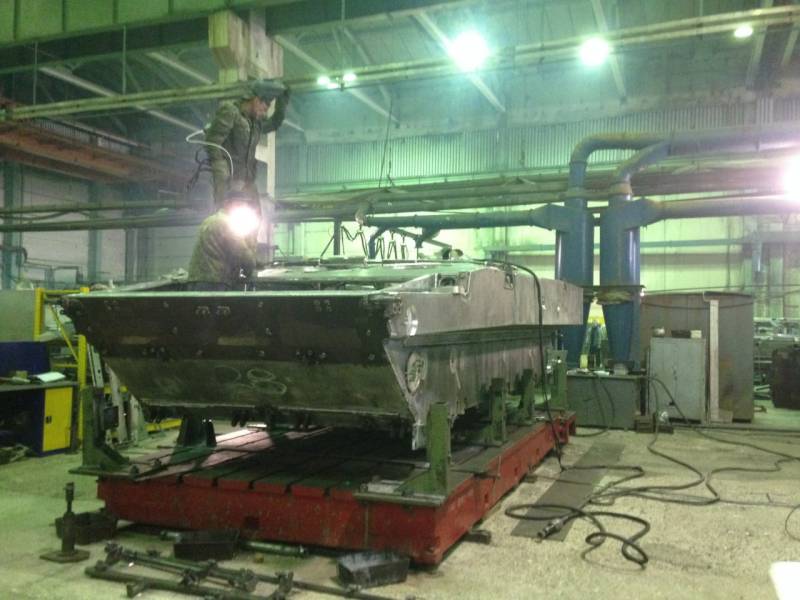
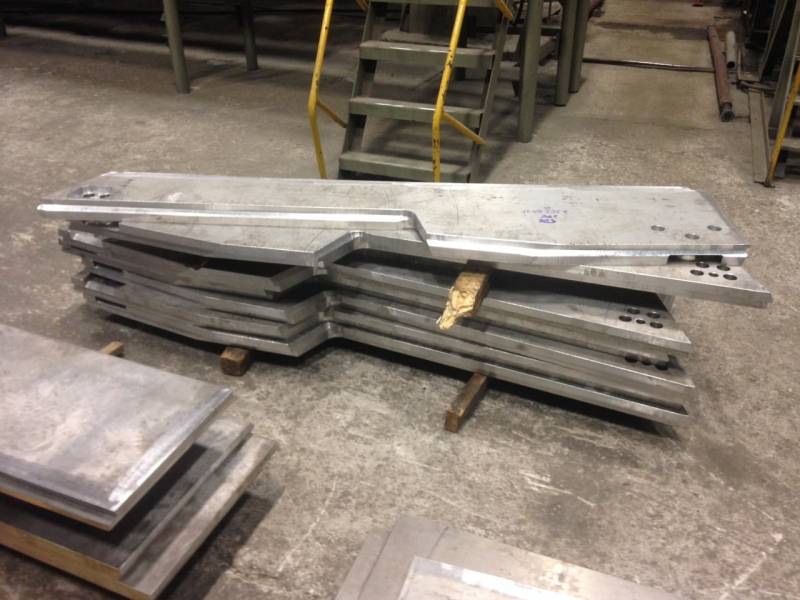

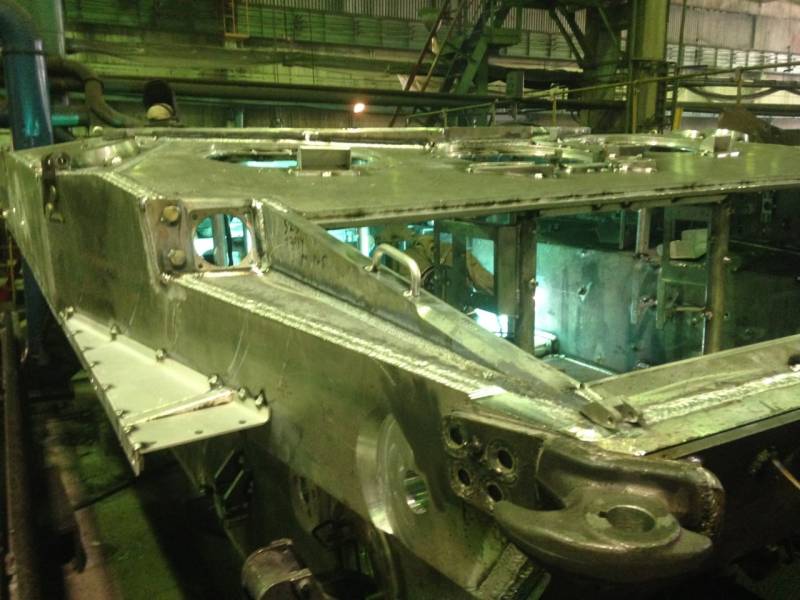

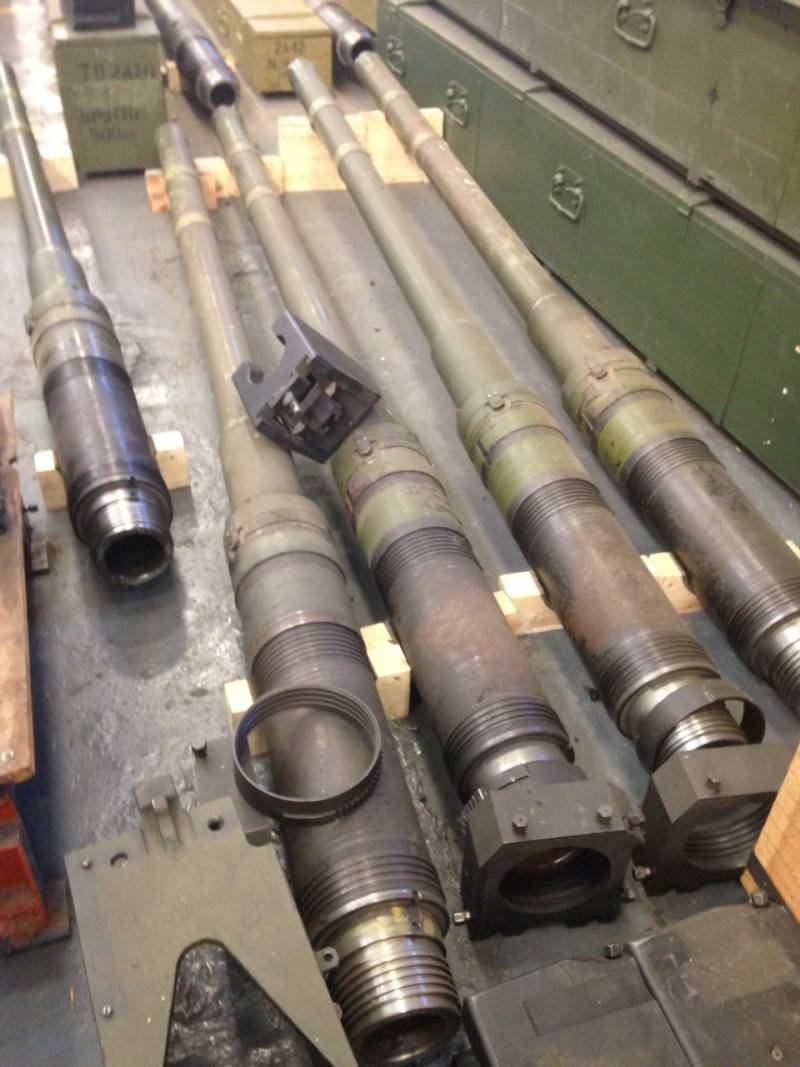
Photos from the shops of the Kurgan machine-building plant even before the start of the special operation. Source: vk.com
Let's move on to the most controversial unit of the armored vehicle - the UTD-29 diesel engine.
Last year, an interesting publication was published by employees of the Omsk Armored Engineering Institute S. Yu. Konstantinov, V. A. Tkachev and I. F. Ismailov, in which the engine of an armored vehicle is seriously criticized. In particular, the following lines can be found in the article:
Often there is also an overflow of oil from the oil tank into the crankcase - the shut-off valves of the oil lines are destroyed. In addition, the authors point to
It is also unclear why the hydromechanical transmission has not yet been brought to mind and fully automatic gear shifting has not been introduced.
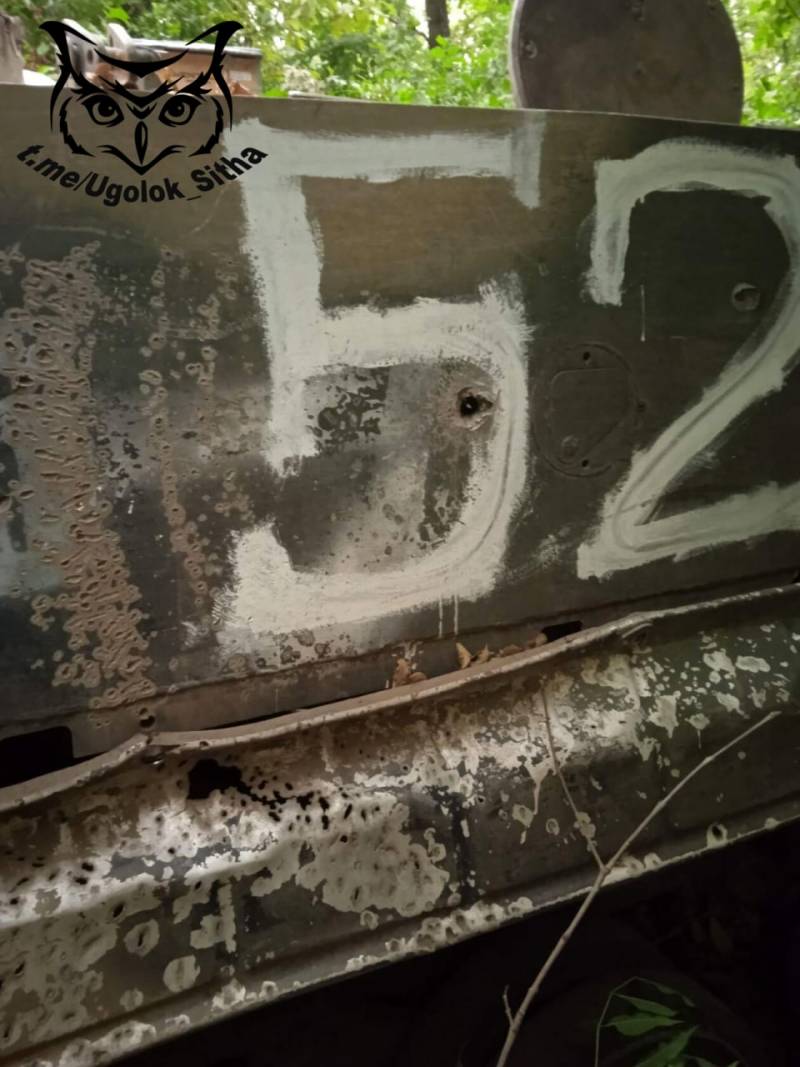
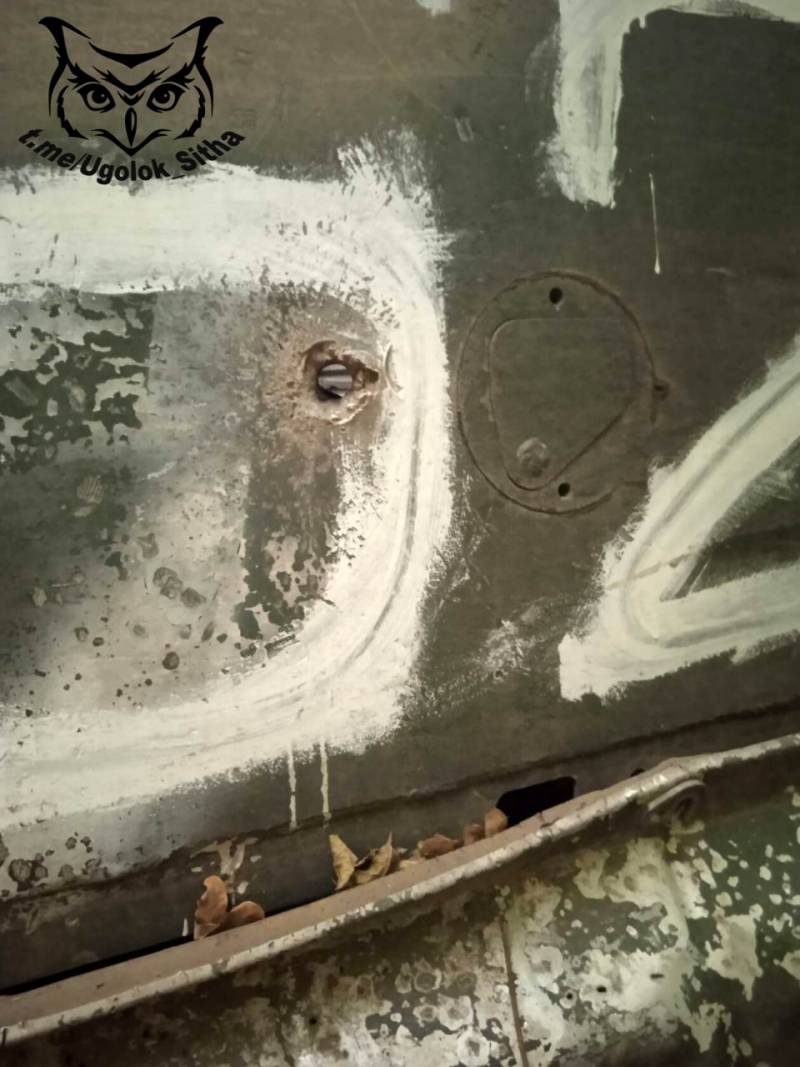

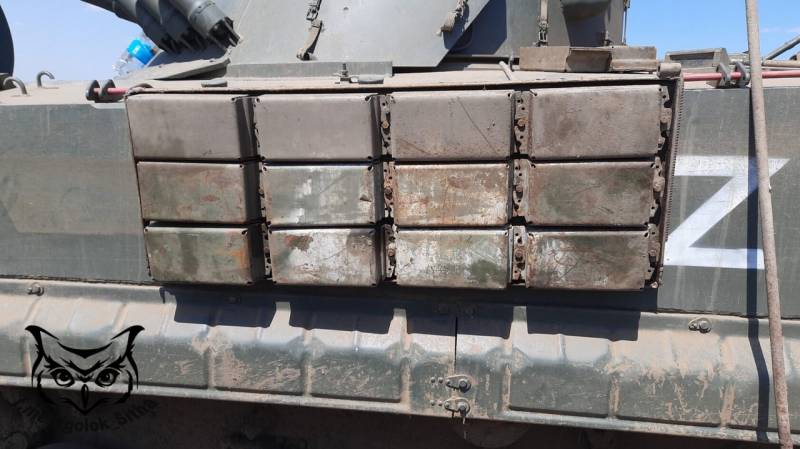
Examples of BMP-3 armor destruction in Ukraine and improvised protection. Source: Telegram
The level of security naturally results from the stringent requirements for the machine on the part of the customer. The infantry fighting vehicle must be able to parachute, swim and provide a high level of protection. I had to come up with aluminum armor ABT-102.
The design of the hull and turret protects against a 12,7 mm machine gun from all projections, and the forehead also holds 30 mm shells. Actually, this ensures the success of the confrontation between the Russian BMP-3 and all Ukrainian armored vehicles, except for the tank, of course. In duels with light armored vehicles, it is enough for the crew not to expose the side, and standard weapons guarantee defeat from the first shot.
A noteworthy example is the BMD-4, which, with a similar level of firepower and mobility, has bulletproof armor even in the frontal projection, and they perform completely similar tasks with the “troika” - the technique was not seen either in landing with parachutes, or in the massive overcoming of water obstacles by swimming . At the same time, the cost of the "landing infantry fighting vehicle" exceeds 100 million rubles, and the cost of the BMP-3 is about 86 million.
The infantry "troika" is, of course, the true heroine of the special operation, which saved many lives of soldiers and carried away a bunch of nationalists and material resources of the enemy to the next world.
But the machine requires modernization, and in some ways simplification. Completely superfluous skills to swim and “fly” will free up a considerable resource, both to increase security and to increase firepower even more. Analogies come to mind with the legendary T-34, which passed the natural selection of the war and became the gold standard of world tank building by 1945. How much the production workers and the main customer realize this, time will tell.
Information